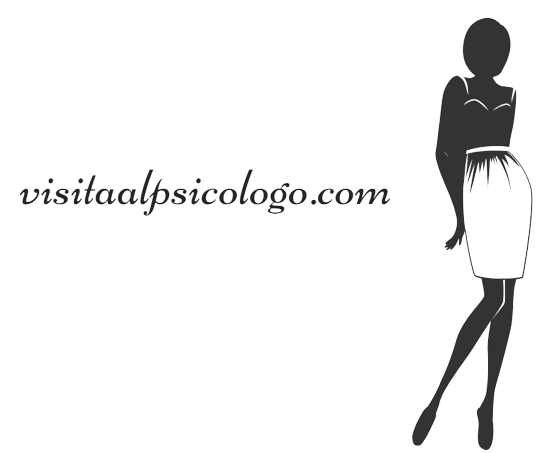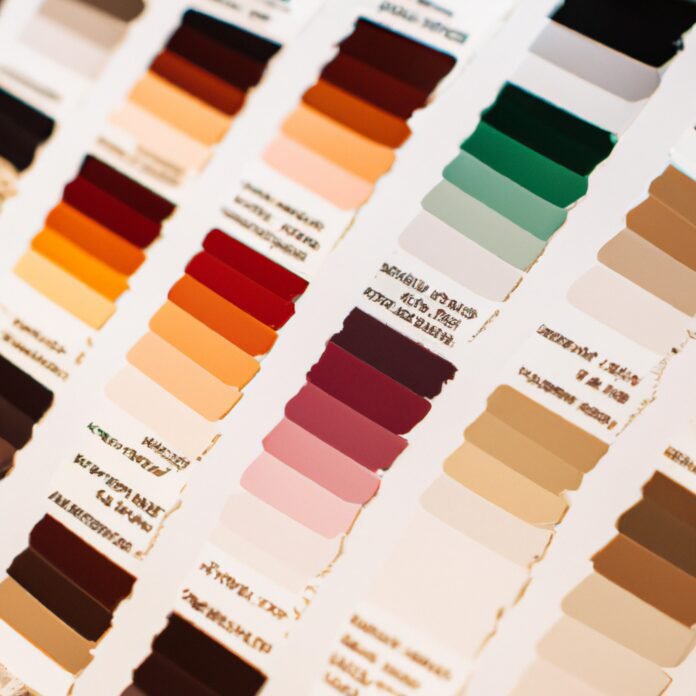How have the hues of fashion trends changed over the years? How have the current colors affecting fashion evolved over the years? Color palette evolution is an interesting phenomenon in the fashion industry, and this article will take a closer look into the more dominant hues in fashion trends as they have shifted throughout time. We’ll explore the vibrant and eye-catching hues that have become the cornerstone of fashion, and how the creative minds of the industry have altered them into something new and bold. From subdued pastels all the way to vibrant neons, we’ll dive into the color palette evolution in fashion and discover the history behind these timeless and iconic colors.
1. The Constant Change of Fashion Colours
The current trend in fashion colours is constantly changing, and it can often be difficult to keep up. Here are some of the top hues you should keep an eye on when hopping on the latest colour trends.
- Millennial Pink: This pinkish-coral hue has become a favourite for its soft colour and can be seen everywhere from streetwear to couture.
- Neon: Neon shades have been popping up in all types of outfits, from t-shirts and joggers to mini dresses.
Pastels are also making a big resurgence in the fashion world. Pale shades of mint green, lilac, and baby blue hues can be seen in sweaters, trousers, and dresses.
Bold jewel tones are also making a fierce statement. A dark sapphire blue or vibrant emerald green adds an unexpected edge to any outfit.
Seaside shades are also having their moment. Whether it’s mustard yellow or a rich navy blue, these colours can easily jumpstart any outfit. Keep an eye out for these when shopping for clothes.
2. Bright and Bold: How Hues Have Evolved Over Time
Climate and culture have helped to shape how we perceive the world around us, from the way we dress to the colors we surround ourselves with. Color is, of course, an integral part of how we make visual sense of the world and the perception of it.
Throughout the centuries, the chief sources of inspiration for color choice were nature and mythology. The predominant colors of Ancient Greece were earthy browns and yellows, with blue being the favored color. On the other hand, in the Middle ages, bright and bold hues like blues and greens found their home in many fashion and artwork.
In the 1700s, we find a move back to linen and wool blends for clothing, a style that has reemerged in recent fashion trends. Here, shades of gray, beige, and cream dominated the catwalks and streets. Shades of brown, with a hint of yellow, were especially popular with men’s street-wear as well.
By the beginning of the twentieth century, the fashion forward were taking to brighter and bolder colors compared to their predecessors. Coral pink, deep navy, and sunflower yellow topped the charts for ladies’ outfits. Emerald green had finally made its resurgence, too, but electric blue fast became the favorite color.
Today, these colors still influence how we dress and accessorise; though, they’re mixed with modern tones like:
- Neon greens
- Hot pinks
- Royal blues
- Lemon yellows
- Pastel purples
These colors are both fashionable and versatile in today’s fashion landscape – bright colors give your wardrobe a playful, celebratory edge, while bolder hues exude strength and confidence.
3. Colour Psychology: What Do Different Shades Represent?
Since the dawn of time, humans have been using colour as a form of expression. Colour psychology is the science of understanding how we’re affected by different shades and tones and what it means on a deeper level. Here are some of the most common colour associations and what they represent.
Red conveys passion and love. It’s also associated with power and anger. We often associate red with urgency and it can encourage us to act impulsively.
Orange is an inviting and energetic colour. It’s believed to give us confidence and can create a sense of security. We often connect orange to joy and enthusiasm.
Yellow is cheerful and optimistic. It can brighten our day and enhance our communication skills. We associate this colour with knowledge and books.
Green reflects growth and harmony. This hue encourages us to take care of our environment and be eco-friendly. We often connect it with balance and renewal.
Blue is calming and helps us to relax. This colour encourages us to think outside the box and stay creative. We often associate blue with trust and loyalty.
Purple inspires our imagination. It helps to refine our perspective and strive for greatness. We often connect purple with wealth and royalty.
Grey conveys sophistication. It helps us think before we act and not get overwhelmed by emotions. We often connect grey with intelligence and wisdom.
Black is commanding and powerful. It echoes authority and control. We often associate black with sophistication and timelessness.
White is clean and simple. It can make us feel safe and peaceful. We often connect white with purity and innocence.
4. Setting the Trend: Crafting a Captivating Palette
A captivating palette has the potential to make your creative idea come alive. It can revolutionize the way viewers experience your work. Here are four methods to set yourself apart from the mundane and achieve a captivating palette:
1. Leverage the natural color wheel
The color wheel, a circular diagram typically used by artists to choose colors, unlocks a treasure trove of hues for your project. Explore the basics to beyond by using traditional color theory, including complementary colors, analogous colors, split complementary colors, and the triad method. Mix and match colors to elevate your palette and create impactful statements.
2. Utilize vibrant color schemes
Breathe energy into your project with flamboyant hues. Color can be used to communicate specific emotions and moods, so pushing them to their maximum strength can evoke reactions from the audience. For a vivid finished product, opt for a bold and bright color story that stands out from the rest.
3. Use muted, gentle tones
Create a sense of serenity with muted colors. Soft tones feature a subtlety that’s difficult to replicate with other methods. The muted shades lend a rustic, calming feel to the project while offering texture. According to your preference, you can either opt for serene colors such as turquoise, lavender, and mauve, or add more mellowed saturated colors like peach, aqua blue, and lilac.
4. Include a range of gradients
Incorporate gradients for a dramatic and transformative effect. You can seamlessly integrate various color blends to the mix. Gradients work particularly well in digital applications like websites, logos, and posters. To give your palette depth, try experimenting with various tints, shades, and tones.
We have journeyed through the ages, witnessing the evolution of fashion trends. From ancient passageways to modern-day runways, we have explored the dominant hues that color this ever-changing landscape. Whether through grungy greens, avant-garde yellows, or romantic pinks, the color palette of each era tells a story about the past, present, and future of fashion.




